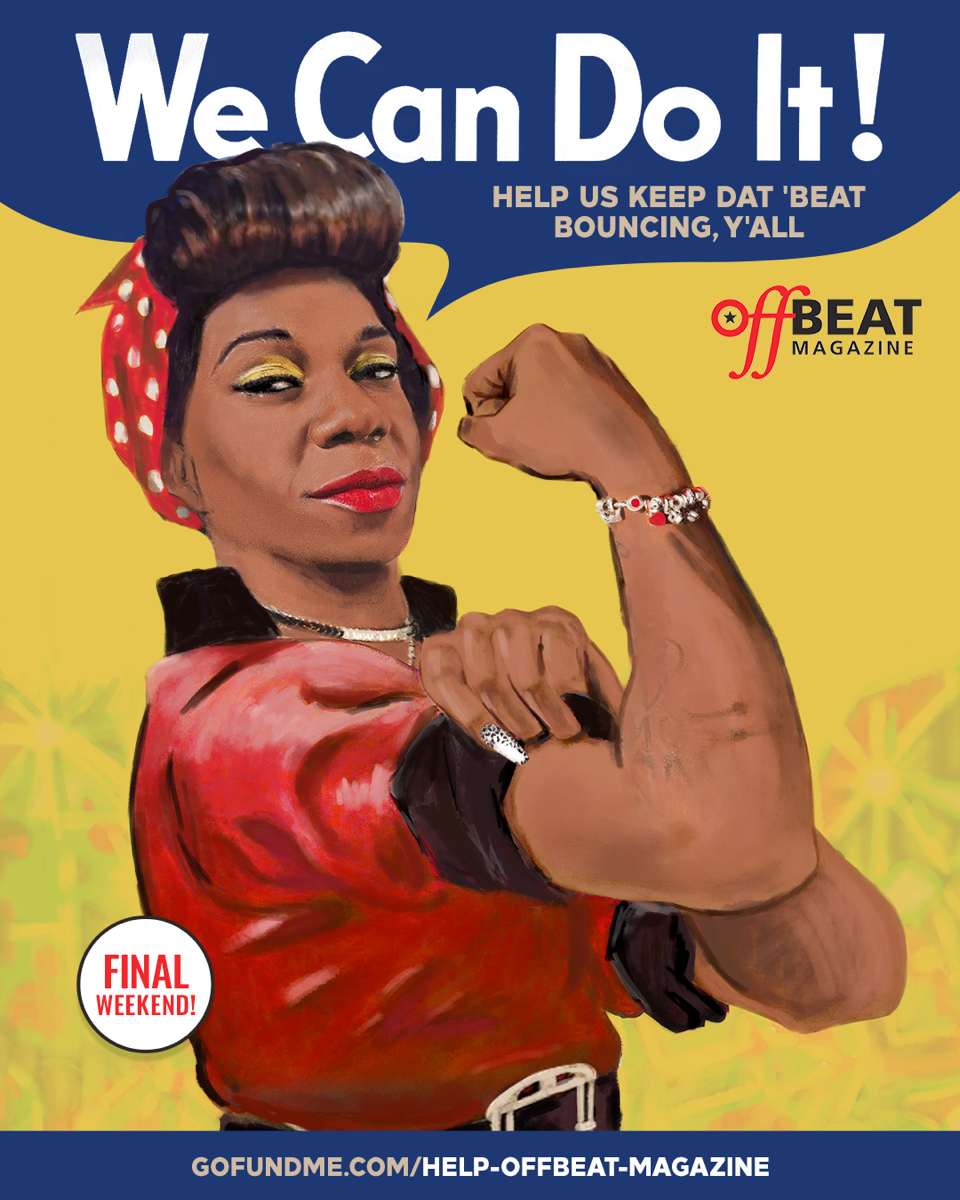 |
It’s more than a little ironic that this package, which purports to demonstrate the validity of the headline “String bass replacing tuba” reprinted from a 1926 edition of Billboard, comes out at a time when the sousaphone has such prominence in New Orleans, particularly in the hands of masters Matt Perrine and Kirk Joseph. How Low Can You Go’s extremely novel premise is difficult to prove at any rate since the package includes numerous offerings by string bands—which were never going to use tubas anyway—and cuts by Jelly Roll Morton, who went back to using the bass horn in his bands after an experiment with string bass. Then there’s the “Where’s Waldo?” factor—you could go quietly mad trying to discern the bass performances on a number of these crudely recorded 78s.
All that said, How Low Can You Go? is a beautiful package that offers a vibrantly fresh take on early jazz, reproduced with the best sound restoration techniques available and researched maniacally by the passionate historian Dick Spottswood. The package includes classics by some of the greatest jazz bassists out of the traditional New Orleans and swing eras, plus bass-driven recordings of jug bands, country, western swing, blues, gospel, and even folk music from Martinique and Hawaii.
Since this album covers the early days of recorded jazz from 1925 to 1941, New Orleans figures prominently, and there’s a strong case to be made for the set purely on the New Orleans content. Ted Lewis and His Band get the opening feature, an instrumental version of “Milenberg Joys” cut on June 25, 1925 and clearly included because of the clean articulation of Harry Barth’s bass, the first time the instrument was audible on a jazz recording according to Spottswood’s research. Barth was from Mississippi but the tune is a New Orleans standard. Steve Brown, the bassist on Jean Goldkette’s version of “Dinah,” is included here, and his bass solo on the Jan. 28, 1926 recording is remarkable for its dexterity on both his bowed ensemble work and his 4/4 slapping accompaniment to the clarinet solo. Brown’s picking is also a forwardly-placed piece of sonic business on the Feb. 1 1927 Goldkette recording, “My Pretty Girl.”
An entire third of the project focuses on bassist Bill Johnson, who lived to be 100 years old (1872-1972) and led an early Creole orchestra on the vaudeville circuit before recording with Louis Armstrong on King Oliver’s early recordings. That’s the always-vocal Johnson shouting “Oh, play that thing!” on “Dipper Mouth Blues.” The package collects a disc’s worth of Johnson’s playing in a variety of contexts, and unlike many of his contemporaries who played in a jumpy, up-and-down style, Johnson was swinging the rhythm all the time, and his powerful finger picking can be easily heard on just about every track here. The State Street Ramblers rock hard on the 1928 recordings “Brown Skin Mama” and “St. Louis Nightmare,” and in 1929, he recorded “Come On Mama Do That Dance” with Tampa Red’s Hokum Jug Band. Though Johnson still had well more than 50 years to live, that Tampa Red session was the end of his known recording career. Thanks to Dick Spottswood’s research, though, Bill Johnson’s music lives on.




